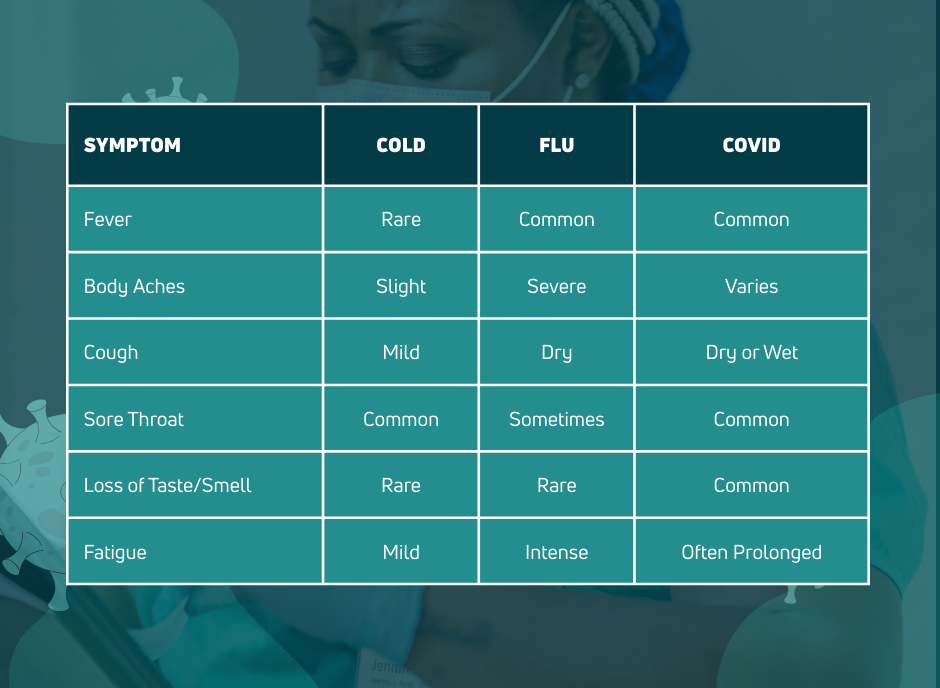This is not another flu season checklist…
This is about the flu season and what we’ve learned to tolerate. There are some numbers we’ve come to accept.
Like the number of nurses who call out during flu season.
Or the number of hours it takes to find coverage that doesn’t exist.
Or the number of children who die from an illness we know how to prevent.
Last season, that number was 216.¹
Two hundred and sixteen children.
Gone.
From the flu.
And the world, for the most part, kept moving.
We’ve learned to tolerate too much.
We tolerate the annual scramble to fill schedules when the first wave hits.
We tolerate staff pushing through symptoms to avoid letting down their teams.
We tolerate burnout, moral distress, and quiet exits.
We tolerate death. Not in a dramatic, headline-grabbing way, but in the quiet way healthcare often absorbs grief: silently, and without pause.
Because flu season doesn’t stop for grief.
It barely pauses for breath.
If this sounds familiar, you’re not alone. And you don’t have to carry the next season on your own. Let’s build a flu coverage plan together
This isn’t about the flu.
It’s about the way we’ve structured care and what that structure asks of us.
It’s about the way we plan for crisis in spreadsheets but experience it in hallways.
It’s about what happens when being overwhelmed is normal and being short-staffed is expected.
It’s about the quiet math we do when we realize that someone has to be left waiting (and it won’t be the virus.)
And it’s about the emotional cost of doing this year after year.
We knew flu season was coming.
It always comes.
It always strains the system.
And every time, we treat it like an unpredictable event.
Not because we’re incompetent.
But because we’re carrying too much already.
Because we’ve created a system that only reacts and punishes those who try to pause.
Maybe this year, the pause isn’t optional. Maybe it’s the start of a better plan. 👉 Talk to our team about your staffing goals
We talk a lot about resilience.
But what we really need to talk about is capacity.
Capacity to prepare.
Capacity to reflect.
Capacity to do more than just “get through it.”
Because resilience without capacity is just endurance.
And endurance isn’t the goal. Care is.
So, what now?
This isn’t a list of things to fix.
It’s a moment to stop and name what’s true:
-
That we’ve built systems that forget.
-
That we’ve normalized avoidable suffering.
-
That we’ve tolerated too much.
But also this:
-
That we can remember.
-
That we can prepare.
-
That we can do better. Without blame, without shame – just with clarity, and care.
Final Thought
Flu season isn’t the story.
It never was.
The story is us.
What we allow.
What we protect.
What we change.
And whether we’re ready to stop calling all of this “normal.”
🫶 Written for the ones who keep showing up, even when the system doesn’t.
We see you.
And we’re here to help.
If this resonates, take 10 minutes to connect. Not to check a box, but to start designing a flu season plan that remembers everything we learned the hard way.
📅 Book a planning call or just 📞call us directly: 404-698-1975






